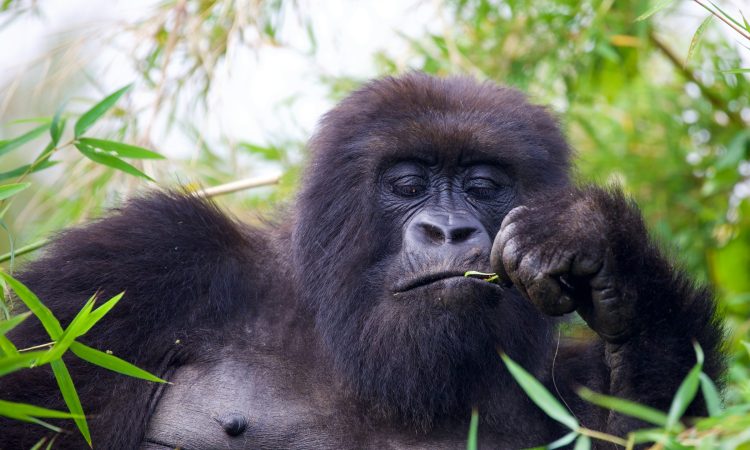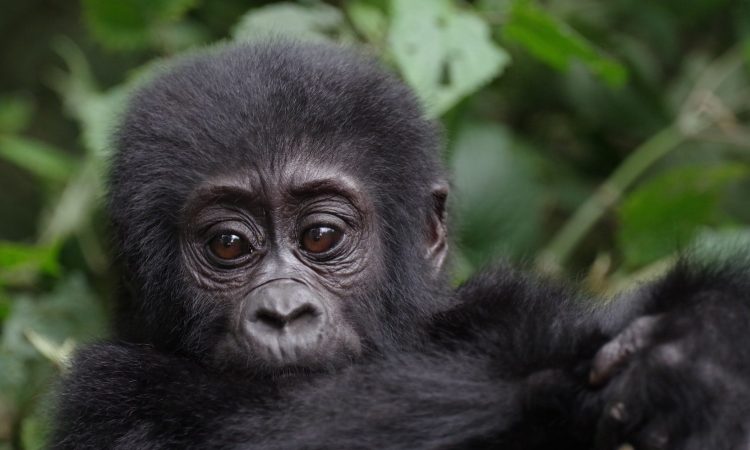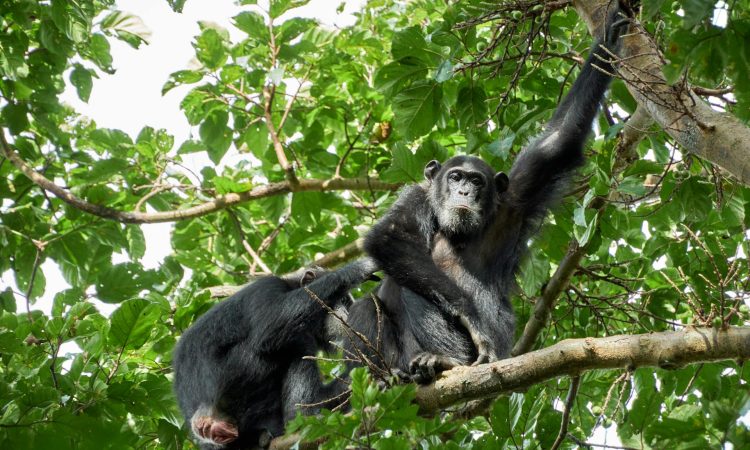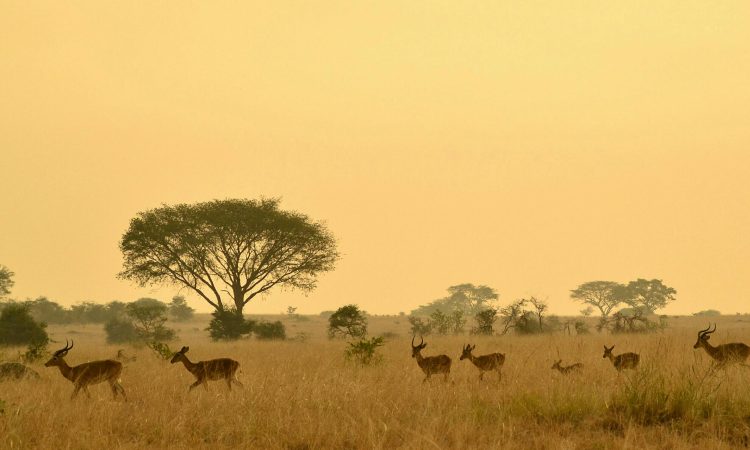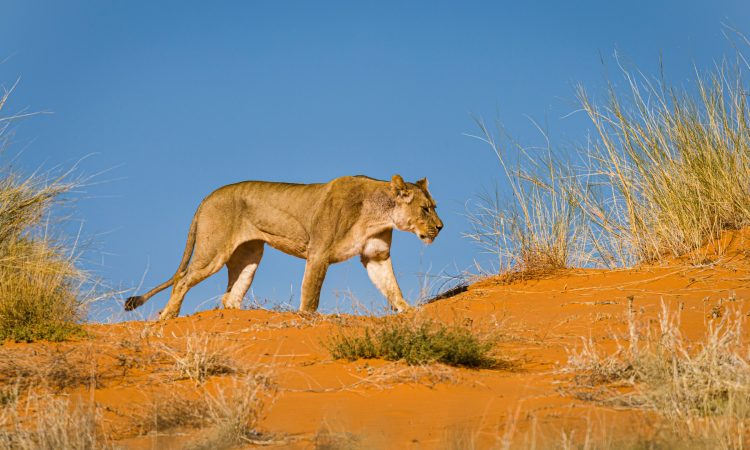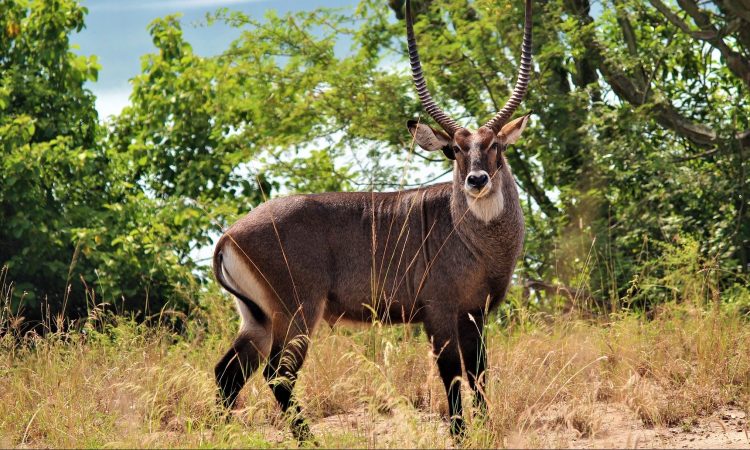Are gorillas dangerous to people? When tourists go on gorilla trekking safaris in Africa, they are strongly advised not to disturb or provoke the gorillas.
How dangerous are gorillas to people?
Gorillas are not naturally dangerous, but they must be treated with care. Mountain gorillas can become dangerous if they feel threatened or unsafe. Usually, they warn before they attack.
If a gorilla feels scared or threatened, it will show warning signs. These include stamping their feet loudly, beating their chests, making grunting or roaring sounds, hooting, and walking on their hind legs.
If the threat does not back down, the gorilla may attack.
When a mountain gorilla attacks, it can be very strong and harmful. They may bite, hit, scratch, break ribs, whip with their arms, or drag the threat on the ground.
In some cases, gorillas have even killed people if help did not arrive in time.
Mountain gorillas can also be dangerous to each other. Silverbacks fight to control groups or when a young silverback tries to take some group members to start his own family.
These fights can be very violent and sometimes lead to death.
The main silverback also fights other males who try to mate with females in his group, because he is the only male allowed to do so.
In summary, gorillas are not naturally aggressive. They only attack when they feel their safety is in danger and after giving clear warnings.
Most attacks happen to poachers or people who do not follow the rules when near mountain gorillas.
How to avoid gorilla attacks
To avoid an attack, if a gorilla starts showing warning signs like chest beating, you should act calmly. Crouch down, pretend to eat plants, tear some leaves, and make yourself small like the gorillas do.
Mountain gorillas do not like camera flashes. So, when visiting them, turn off your flash to avoid frightening them.
Do not look directly into a gorilla’s eyes or show your teeth, as these can be seen as threats.
Tourists should keep at least 7 meters (about 23 feet) away from gorillas and never try to touch them because they are wild animals.
You can go gorilla trekking in Bwindi and Mgahinga National Parks in Uganda, Volcanoes National Park in Rwanda, and Virunga National Park in Congo.

